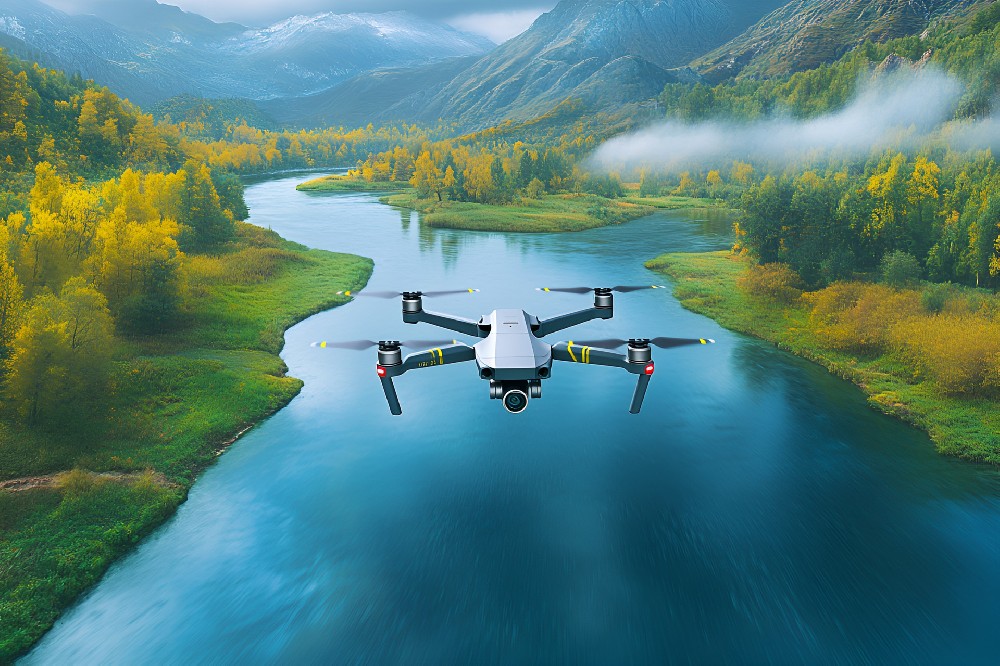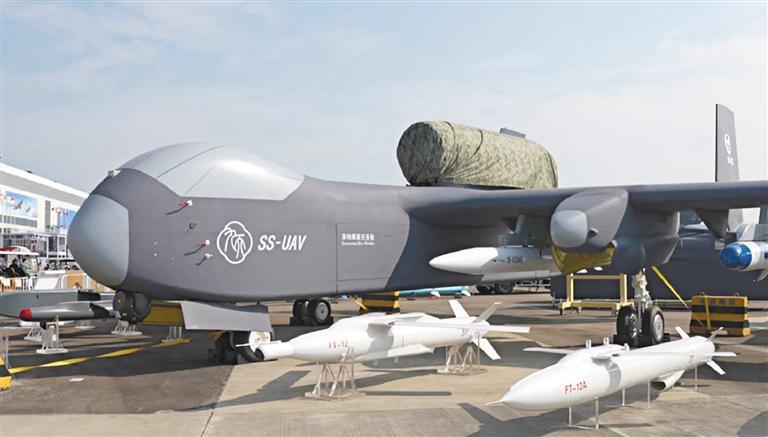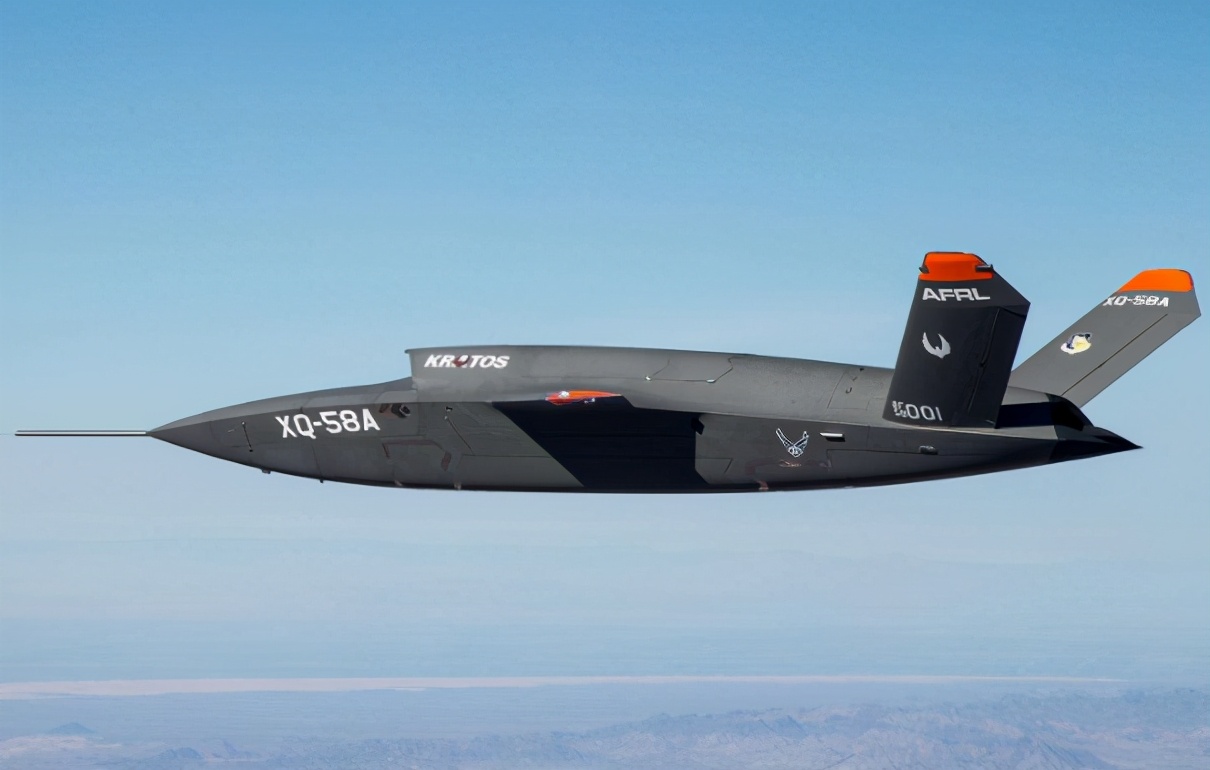It is estimated that the compound growth rate of the global civilian drone market output value will exceed 19% in the next five years

Drones have rapidly penetrated into many fields of the socio-economic landscape, evolving from an emerging concept. Whether it's the personalized demands in the consumer market or the large-scale expansion in industrial applications, both indicate that the drone market is in its golden age of growth. According to the "In-depth Research Report on the Global Civil Drone Market and Industrial Chain" by Qunzhi Consulting, the global civil drone market is expected to ship approximately 8.8 million units in 2025, with a total market output value of about $23.2 billion. Over the next five years, the compound growth rate of the overall market output value is expected to exceed 19%, with industrial drones being the main driving force behind this growth.
The demand for consumer-grade drone market is growing steadily, with aerial cameras, FPV drones, and toy drones constituting the core categories
As the forefront for the general public to engage with drone technology, consumer drones have shown a notable trend of increasing both quantity and price in recent years. According to the data from QunZhi Consulting's "In-depth Research Report on the Global Civil Drone Market and Industrial Chain", it is estimated that the global shipment of consumer drones will reach 7 million units in 2025, with the total sales of complete drones expected to reach $4.5 billion.
Consumer drones primarily fall into three categories: aerial cameras, FPV racing drones, and toy drones. Aerial cameras, with their high-definition imaging and stable flight characteristics, have become powerful assistants for photography enthusiasts and travel experts in capturing unique perspectives. With technological advancements, today's aerial drones can not only shoot ultra-high-definition videos in 4K or even 8K, but also feature diverse functions such as intelligent tracking and panoramic shooting, greatly enriching users' creative experiences.
Aerial drones are also the largest application segment within consumer drones. In 2024, the global shipment of consumer drones reached approximately 4.8 million units, accounting for 70% of the total sales of consumer drones. FPV racing drones, with their high-speed flight and flexible control, have attracted numerous players who seek excitement and challenges. These drones are usually equipped with First Person View (FPV) equipment, allowing players to feel as if they are in the cockpit, experiencing the thrill of flying at breakneck speed. Toy drones, on the other hand, have secured a place in the children's toy market due to their affordability and simplicity of operation, serving as introductory products to cultivate children's interest in technology.
Looking ahead, as market saturation gradually increases, the consumer drone market will continue to grow, but the growth rate will gradually stabilize. After years of market nurturing, drone penetration has reached a certain level in major consumer markets such as North America, Europe, and developed cities in the Asia-Pacific region. Meanwhile, the user base for aerial drones remains relatively niche, and it is difficult to expand into the mass consumer market in a short period of time. Secondly, professional consumers' demands are gradually becoming more rational, and their expectations for product innovation are constantly increasing.
The industry-level drone market has seen both volume and value growth, with logistics and distribution, patrol and inspection, and other fields becoming the main drivers of growth
Industry-grade drones are playing an increasingly important role in the civilian drone market, with their market size growing rapidly. According to the prediction in the "In-depth Research Report on the Global Civilian Drone Market and Industrial Chain" by Qunzhi Consulting, by 2025, the global sales of complete industry-grade drones will reach $18.7 billion, and the demand for their quantity will also show a rapid growth trend.
Industry-level drones have a wide range of applications, covering multiple key industries such as agricultural plant protection, power inspection, surveying and mapping, logistics and distribution. In the agricultural sector, drone-based plant protection operations have become an important means to enhance agricultural production efficiency and achieve precision agriculture. Compared to traditional manual spraying methods, drone-based plant protection can increase efficiency by tens of times, while also reducing pesticide usage and environmental pollution. In terms of power inspection, drones can be equipped with high-definition cameras, infrared thermal imagers, and other equipment to conduct comprehensive inspections of power transmission lines, promptly identifying potential safety hazards such as aging lines, overheating, and bird nest construction. This greatly improves inspection efficiency and accuracy, while also reducing the safety risks associated with manual inspection.
In the surveying and exploration industry, drones equipped with high-precision surveying equipment can quickly acquire large-scale topographic data and produce high-precision maps, offering significant advantages in operational efficiency and cost compared to traditional surveying methods. In the field of logistics and distribution, although drone delivery is still in the pilot and exploratory stage, it has demonstrated unique advantages in remote areas or emergency material distribution scenarios, and is expected to become an important solution for "last mile" delivery in the logistics industry in the future. In terms of security monitoring, drones can be used for urban patrols, border surveillance, and security at large events, enabling real-time and dynamic monitoring of the surveillance area and providing a new technological means to ensure public safety.
In the coming years, the industrial drone market will continue to maintain rapid growth, primarily driven by the increasing demand from various industries for cost reduction, efficiency improvement, and digital transformation. As technology continues to mature, drone performance will further enhance, including increased load capacity, extended endurance, and improved intelligence, enabling them to meet more complex and demanding industrial application scenarios.




